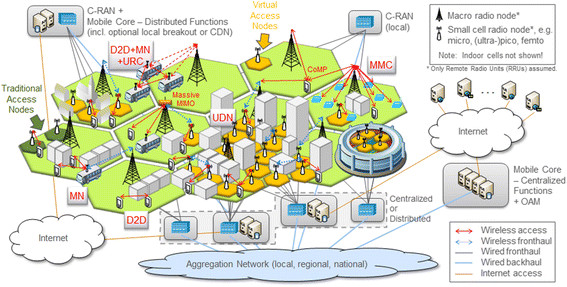City and County administrations are struggling to deal with 5G related development and regulatory issues. However, Wireless development issues can…
5G race has already started. There is talk of USA vs Pacific (China / Japan / S. Korea) competition for…

